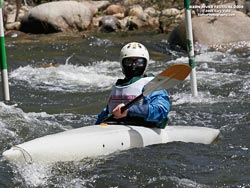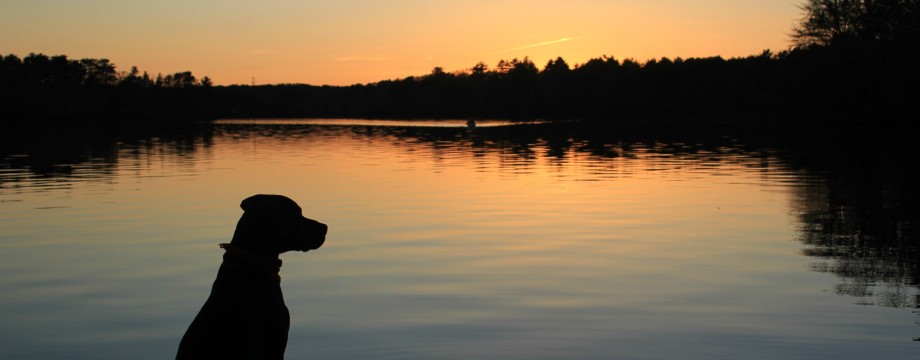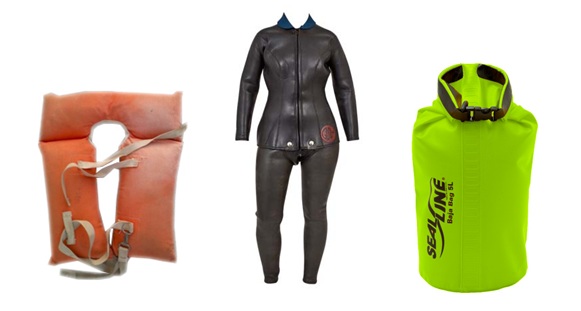Outside Magazine recently completed an excellent project on their website that highlights what they believe to be the “Most Influential Gear Ever.” The slide show takes you on a journey through history to better appreciate when, where, how, and why some of our most revered outdoor recreation gear came to be. I feel that the authors did a great job in both selecting the 100 items and telling the story! Among the highlights are a few items that the kayaking world is familiar with and will forever be indebted to:
- Evidence shows that Assyrians in the 9th century BC used inflated goat skins while swimming.
- Modern PFD credited to Napoleon Edouard Guerin of New York who designed a double layered jacket that could be stuffed with cork to aid in floatation.
- Surfer and skylight salesman Jack O’Neill opened San Fransisco’s first surf shop in 1952 where he sold neoprene wetsuits of his own design.
- Letters written by UC Berkley physicist Hugh Bradner lay claim to his invention of a neoprene body suit as early as 1951.
- Swedish metal worker Erik Thulin developed the first modular roof basket in the late 1950s.
- Chemistry student and mountaineer Piz Buin developed Glacier Cream to help alpinists protect their exposed skin from the effects of the sun after he suffered bad sunburn while climbing in the Swiss Alps in 1946.
- Dry bags were first developed during the Vietnam War and issued to US soldiers.
- Plastech (now Cascade Designs SealLine) was the first to weld dry bag seams and optimize the bags for use by kayakers.
***Other notable items include: the Spork, Victorinox Swiss army knives, Gatorade, the Petzl Tikka headlamp, the MSR Whisperlite camp stove, Mountain House freeze-dried camp food, Leatherman Multi-tools, Teva Hurricane Sandals, and the Camelbak Hydration Pack
The writers at Outdoor Magazine acknowledged that their list wouldn’t be without controversy and invited outdoor enthusiasts to suggest additions so that they can re-evaluate the list in the future. How could I resist comment?!?!
First to set things straight: I really appreciate that the authors were outdoor activity-neutral in their general assessment of the most influential gear. However, from a kayaker’s perspective, I can certainly think of a few additional pieces of paddling gear that would be worthy of the list! If I could add one thing to their list it would have to be Plastic Kayaks.

Hollowform River Chaser. One of the first plastic kayaks to hit the market in the mid-1970s (Taft 2001)
There’s no doubt in my mind that the introduction of polyethylene as a kayak building material was the catalyst that took the sport of kayaking from a quiet niche to the buzzing main stream. Plastic provided many advantages over the more traditional materials (namely fiberglass and wood). These include: increased impact resistance and durability for use in whitewater, more cost-effective manufacturing processes, and (ultimately) lower-cost kayaks for the consumer.
Check out The Early History of Plastic Kayaks for more information on early plastic kayaks.
Happy Paddling!
-KayakDave
References:
Taft, “The River Chasers: A history of American whitewater paddling.” Alpine Books Press. (2001)



